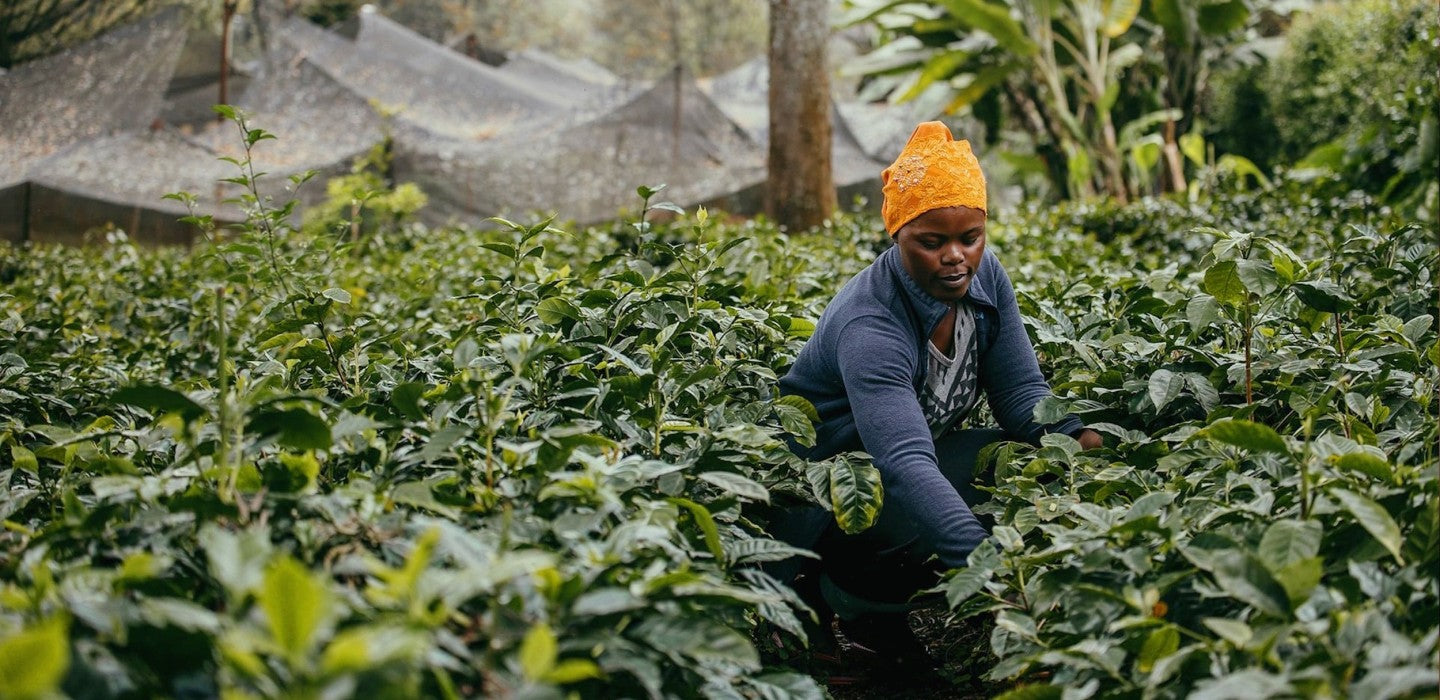The Journey of Coffee: From Seed to Cup
Coffee enthusiasts worldwide relish in the rich aroma and robust flavors of this cherished beverage. However, many may not be aware of the intricate journey that coffee takes from the initial planting of the seed to the final, steaming cup. Understanding this process can significantly enhance our appreciation of coffee, as we gain insight into the painstaking nurturing, harvesting, and processing it undergoes. In this comprehensive guide, we delve deep into the fascinating world of coffee cultivation and its influence on the coffee's final taste and quality.
The Coffee Plant: A Fascinating Harmony of Fragility and Resilience
The journey begins with the coffee plant itself. Contrary to a common misconception, coffee beans are not beans at all; they are seeds, nestled inside fruit known as a coffee cherry. Coffee plants are unique in their appearance and growing conditions. The blossoms of these plants, which are often likened to jasmine in their fragrance and resemblance to cherry blossoms in appearance, add to the plant's overall charm.
Coffee plants, while being aesthetic masterpieces, are strictly sensitive to the environmental conditions they inhabit. Thriving merely under specific climatic conditions, these plants are the epitome of divas in the botanical realm. The green cherries, which subtly transform into alluring coffee beans, undergo a tremendous journey metamorphosis that is inherently captivating.
Coffee Cherries: The Unseen Transformation
The process that coffee cherries undergo is a spectacle in itself. The cherries commence their journey being green, steadily transitioning to a yellowish hue, and finally reach dark red when fully ripe. However, certain variants such as the Yellow Bourbon from Brazil, remain yellow at full maturity as well.
Coffee cherries take approximately 10 months to fully ripen, dictating the necessity of timely harvesting. Both underripe and overripe cherries can significantly hamper the taste of the resultant coffee, making timely harvesting crucial to the final quality.
Inside a Coffee Cherry: Layers of Complexity
The anatomy of a coffee cherry is fascinatingly intricate, consisting of seven unique layers. The actual seeds, which eventually become the beloved coffee beans, are nestled within, surrounded by the silver skin, and parchment layer. These, along with the pectin layer and pulp, are encased within the cherry's fruit skin, effectively protecting the valuable seeds within.
Most cherries house two coffee beans, with the relatively rarer cases (~5%) having a single, rounded seed known as a "Peaberry".
Coffee Plantations: The Heart of Coffee Production
Coffee plants are grown worldwide but predominantly inhabit the "coffee belt," an equatorial region encompassing countries from Central and South America, Central Africa, India, Indonesia, and Vietnam. These regions, especially their high-altitude areas, provide an ideal climate for coffee cultivation: a consistent warm climate with minimal temperature fluctuations and regular rainfall. The need for nutrient-rich soil and moderate sun exposure further underscores coffee plants' delicate nature.
Coffee Varieties: It's All in the Beans
Coffee lovers worldwide relish the distinct taste and rich aroma of over 60 varied coffee types. However, the vast majority of global coffee production (over 90%) is dominated by two species: Arabica and Robusta.
Arabica: The Finer Breed
Arabica represents a distinct breed of coffee that thrives in high altitudes, ideally 800 - 2,200 m, and 15° - 25°C temperatures. The resultant coffee boasts nuanced flavors, reduced bitterness, and fruity undertones, complemented by a relatively lower caffeine content of about 0.9 - 1.5 %. The beans are typically elongated, with a curved crease, contributing to the singular charm of Arabica coffee.
Robusta: The Brawny Counterpart
In contrast to Arabica, the Robusta species is resilient, capable of growing in lower elevations and enduring above 30°C. This robustness results in a coffee with distinct earthy and nutty tones, compensated by a bold aroma. The beans have a higher caffeine content of 2 - 3.5%, are more rounded and possess a near-straight crease.
Provenance: The Terroir of Coffee
Like wine, coffee derives its unique character from the blend of soil composition, climate, and rainfall patterns of its cultivation region. Coffee from different regions or "provenances" carries its unique taste profile. For instance, Colombian coffee is known for its intense acidity and fruity, wine-like aroma. On the other hand, Ethiopian coffee is characterized by a lower acid level, an earthy-spicy taste.
The altitude of cultivation plays a pivotal role in defining coffee quality. Arabicas, grown in higher altitudes, develop a satisfyingly rich taste profile due to slower maturation.
To meet your tastes and preferences, it's essential to understand that although both Arabicas and Robustas hold their distinct merits, you may prefer one over another due to your palate predilections. Whether Arabica's delicate flavors resonate with you or Robusta's potent aroma enthralls you, your awareness of the coffee's journey from seed to cup will undoubtedly enhance your coffee drinking experience. Each sip now holds a story, a process filled with dedication, patience, and expertise. So, the next time you enjoy your cup of coffee, remember the remarkable journey it's undertaken right from the coffee plantations to reach you.



Leave a comment
This site is protected by hCaptcha and the hCaptcha Privacy Policy and Terms of Service apply.